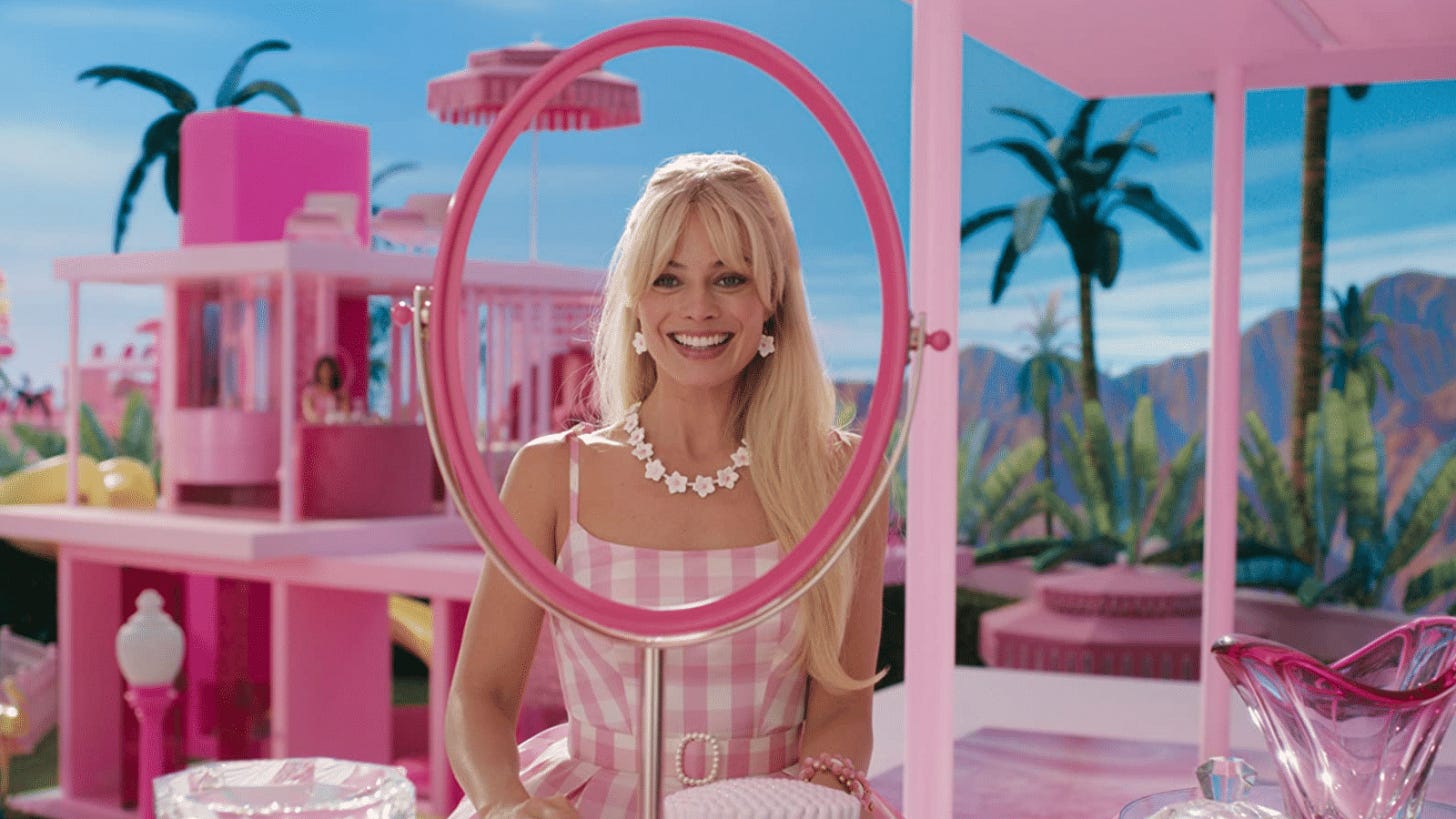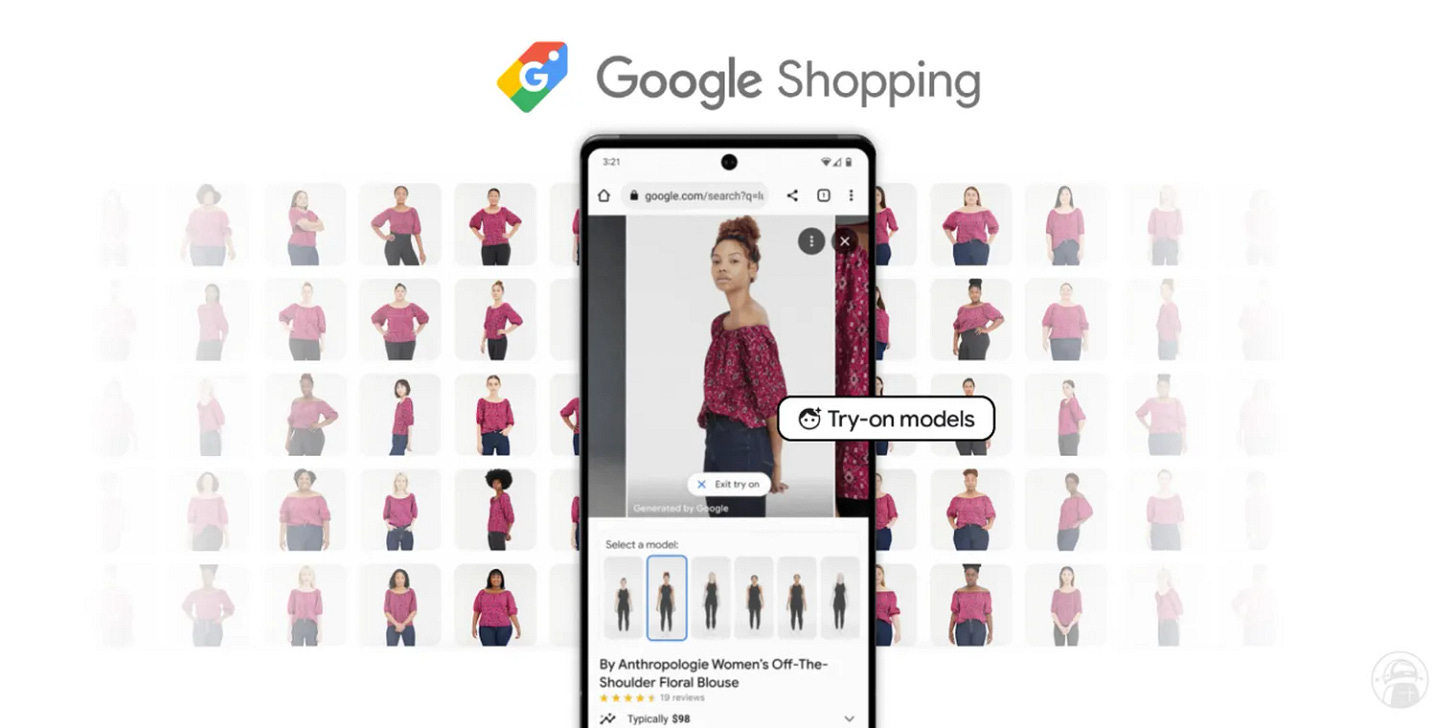Native Drop: Barbie's Marketing Masterclass
We release regular LinkedIn and Twitter content that breaks down AI and Web3 concepts and brand case studies. Here are some of the highlights from the last fortnight.
Welcome to the new subscribers who have joined us since the last newsletter! We release regular LinkedIn and Twitter posts that break down AI/Web3 concepts and brand case studies, that are likely to drive mainstream adoption. Here are some of the recent highlights that you may have missed:
Barbie has delivered a masterclass in marketing. The movie stands as a prime example of how a well-executed marketing strategy can rejuvenate a 60+ year old brand and re-contextualise it for a new era.
According to Lisa McKnight, Global Head of Barbie at Mattel they were facing declining sales since 2011 and waning interest from parents who no longer viewed Barbie as an inspiring role model for their kids. The Barbie movie represents a significant long-term investment aimed at reinvigorating the franchise and attracting both young and older audiences.
Storytelling and adapting to changing consumer behaviours:
By leveraging a cross-generational marketing strategy, the brand's message of empowerment, inclusivity, and a hint of nostalgia resonated with kids and their parents. For example, they created a Barbie adult-focused YouTube channel, featuring conversations with inspiring female role models, like Shonda Rhimes, complemented by their Barbie counterparts.
Strategic partnerships:
Mattel collaborated with more than 100 partners across industries, from beauty to home products, allowing Barbie to reach a broad and diverse audience. Partnerships with unconventional brands like Airbnb, Pink Berry, Impala, and Progressive Insurance helped to generate significant online traction, with mentions of Barbie rising 80% on YouTube and 191% on TikTok (AdAge), further driving sales for both the movie and Barbie-themed products.
Expansion of the brand:
Beyond the movie, Mattel is looking to re-engage existing fans while attracting new ones by expanding the brand universe. This includes venturing into lifestyle products (fashion and beauty), unique experiences (like the Barbie Malibu cafe in NYC) and digital gaming. I would love to see the brand also leverage emerging technology like NFTs, to give fans the opportunity to co-create future storylines and merchandise.
What do you think of Barbie's marketing campaign?
Find the post here.
Extended reality (XR) is shaping the future of customer experiences.
What is XR?
Extended Reality (XR) is an all-encompassing term that merges augmented reality (AR) and virtual reality (VR), offering a wide range of experiences that seamlessly blend the real and virtual worlds. While AR overlays digital elements onto the real world, VR immerses users in entirely virtual environments.
Why are brands using XR in their customer experiences?
Offer a personalised customer experiences:
A recent Google survey revealed that 59% of online shoppers feel dissatisfied with items they shopped for online because it looked different on them than expected.
With XR, customers can visualise products within their own real-world context before making a purchase. This empowers customers to make more informed decisions, reducing return rates and increasing overall satisfaction.
Raise brand awareness and memorability:
According to HBR, 61% of shoppers surveyed said they prefer to shop with retailers that offer XR experiences.
Through XR, brands can craft highly captivating and immersive experiences for their customers. By using mixed reality storytelling, brands can create a distinct image in customers' minds, setting themselves apart from competitors.
Which brands are using XR?
Coca-Cola: In collaboration with Snapchat, Coca-Cola introduced AR vending machines in stores. These machines provide customers with access to gamified experiences, merchandise, and rewards, making the act of buying a drink more interactive and enjoyable.
Mercedes-Benz: Mercedes-Benz is leveraging VR showrooms to revolutionise the car-buying experience. Customers can now engage with vehicles in an immersive manner and learn more about the products through captivating storytelling.
Valentino: To enhance customer decision-making and confidence in their purchases, Valentino introduced an AR feature that allows shoppers to virtually try on clothes. Customers can now explore a selection of offerings, such as items from the brand's latest collections, in an interactive and informative way.
What do you think?
Find the post here.
How can brands leverage generative AI to deliver more personalised experiences at scale? Here’s how Google is leading the way:
Last month, Google launched an AI-powered virtual try-on feature, available through its search engine, that lets shoppers visualise clothing on models with similar body types. Google has also improved its shopping filters so that users can refine their search using colour, style and pattern. The filters use machine learning and visual matching algorithms.
According to a survey conducted by Google, 42% of online shoppers don’t feel represented by images of models and 59% feel dissatisfied with an item they shopped for online because it looked different on them than expected.
It’s great to see AI being leveraged to deliver more inclusive and personalised customer experiences at scale.
What do you think?
Find the post here.
If you liked reading this, feel free to click the ❤️ button on this post so more people can discover it on Substack 🙏
If you haven’t already, subscribe now to make sure you don’t miss out on any future newsletters.
Also, feel free to hit reply and ask me any questions you have about web3 and marketing, and I can include it in the next issue!
For daily content, you can follow me at:
If you know anyone else who you think would enjoy this content, you can share the newsletter from here:






